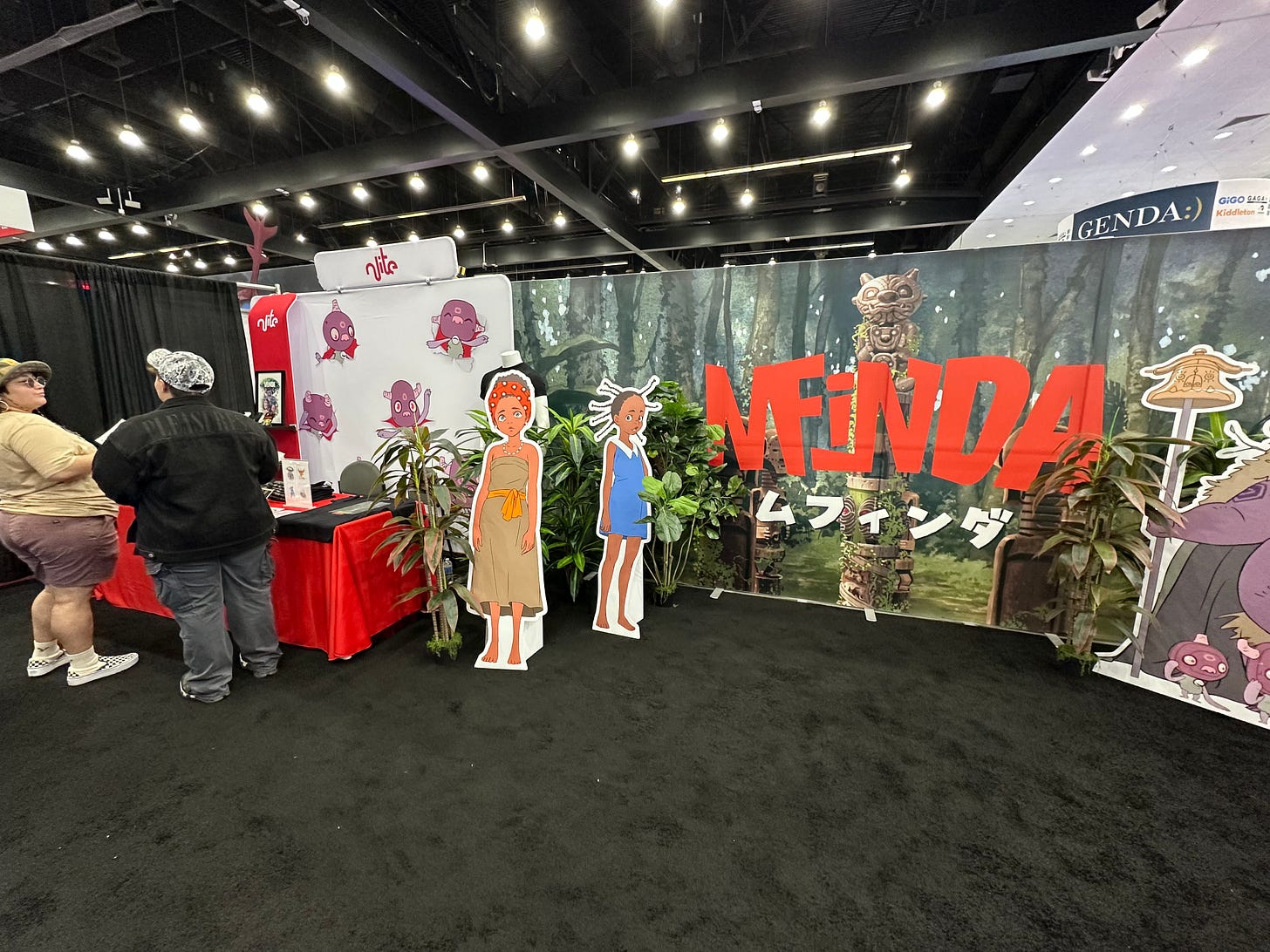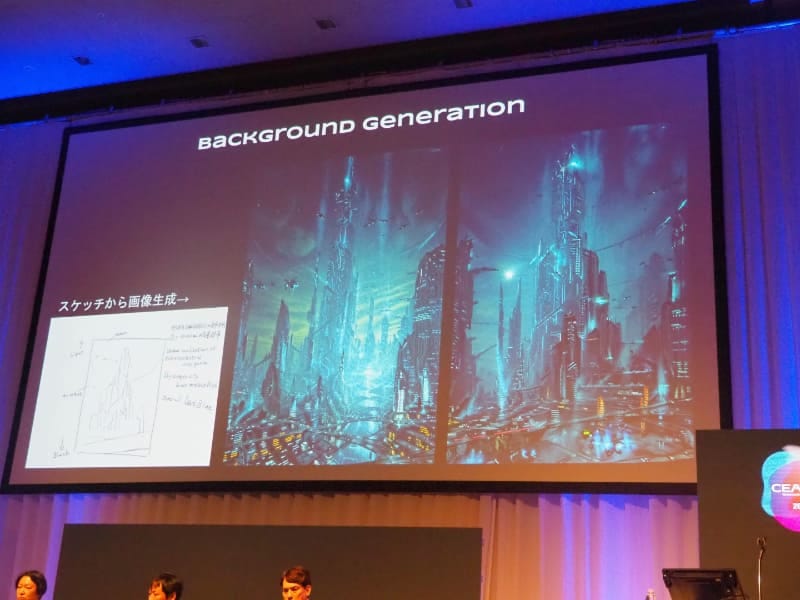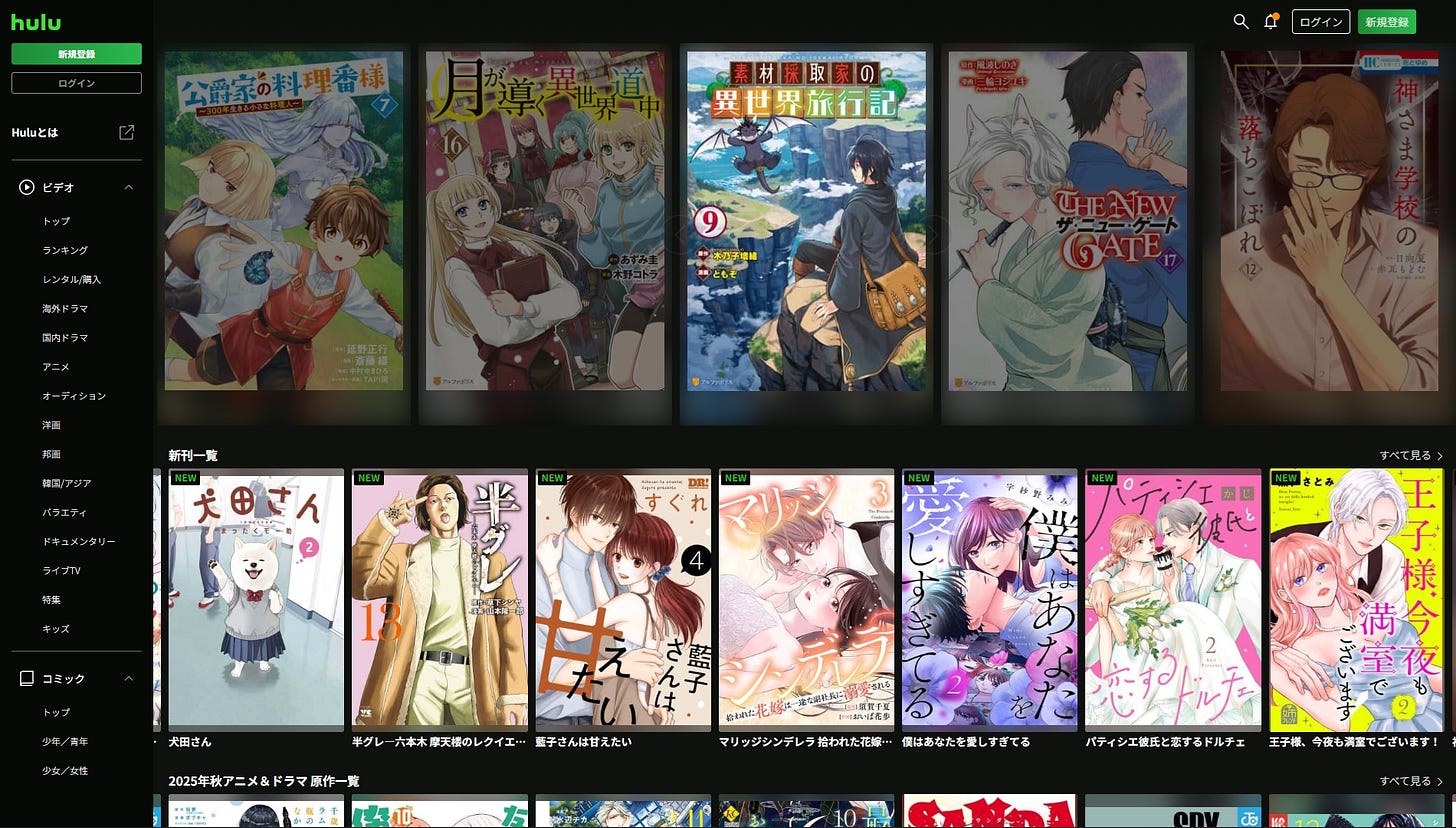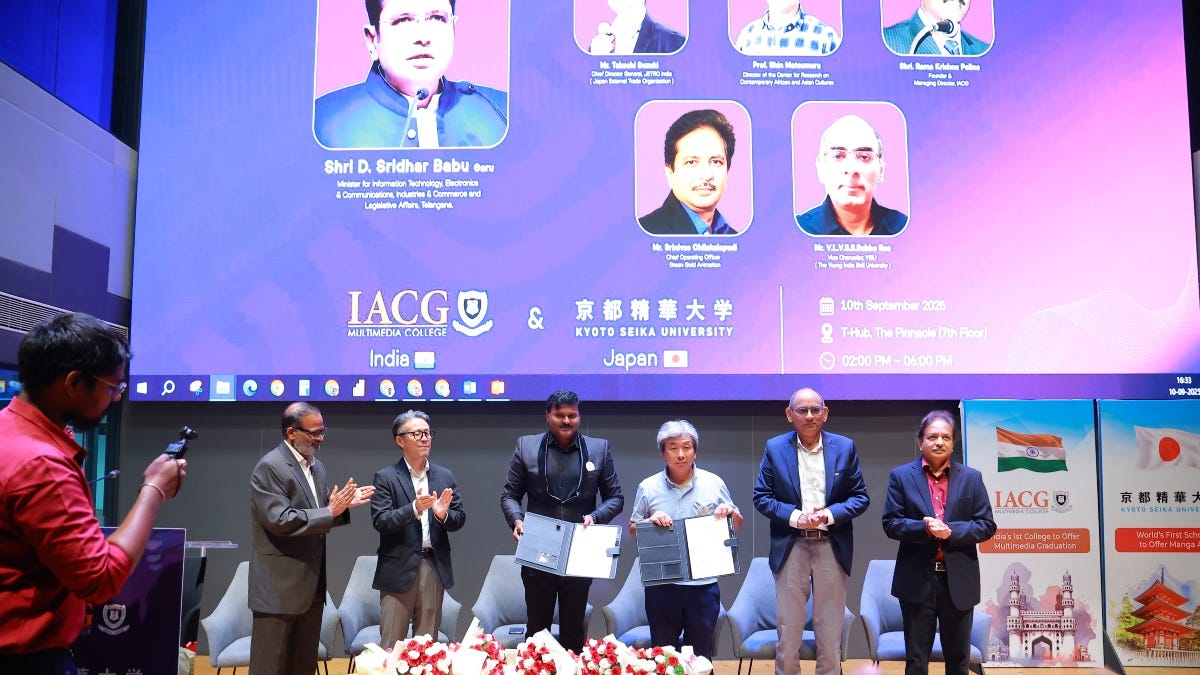GKIDS to expand anime co-productions under Toho
Plus: Ex-Netflix anime chief's studio develops AI background art tool; Hulu Japan launches digital manga service; Kyoto university builds anime curriculum in India; and more
This is your weekly Animenomics briefing, covering the business of anime and manga. Today is Wednesday, October 22, 2025.
In case you missed it: Chainsaw Man: Reze Arc will open in North American cinemas this weekend after it became the highest-earning film in Japan’s domestic box office rankings for the fifth weekend in a row.
The film recently topped South Korea’s weekend box office, and anime industry observers predict it will become the third anime film this year to reach ¥10 billion (US$65.9 million) in box office earnings in its home market.
GKIDS to invest in more North American co-productions

New York-based anime film distributor GKIDS, which was acquired by Japanese film giant Toho last year, plans to invest in more anime co-productions in order to grow the North American anime market.
Why it matters: Toho sees North America as a key engine to its overseas expansion, and anime has become increasingly important to the film giant, becoming a “fourth pillar” of the company’s business.
What they’re saying: “The North American anime market has evolved from niche to mainstream,” GKIDS chief executive officer Eric Beckman said in an interview recently published in Toho’s annual integrated report.
“Careful curation will be essential moving forward, and we aim to select only the works we truly believe in and deliver them to audiences,” GKIDS president Dave Jesteadt added.
Zoom in: Mfinda, an anime film drawing elements from Congolese folklore, is one co-production in which GKIDS has invested in recent years.
Mfinda was created by Congolese American artist Patience Lekien alongside Los Angeles-based creative studio N LITE and has signed on anime producer Masao Maruyama as a producer.
The film is animated by Tokyo-based MOCCO, a new anime studio founded by Maruyama, under the direction of veteran anime director Gisaburo Sugii with American animator Arthell Isom as co-director.
The bigger picture: GKIDS’s role as a purveyor of Japanese cinema will also expand as it prepares to distribute Kokuho, Japan’s second highest-grossing live-action film of all time.
“We share the same international vision and complement each other’s strengths, so the partnership is ideal,” Jesteadt said of Toho. “I’m convinced we can achieve heights neither of us could reach alone.”
Disclosure: Corrections have been made to Patience Lekien’s name and the production staff roles of Mfinda. Animenomics regrets the errors.
Ex-Netflix anime chief exhibits AI background art tool

Salamander Pictures, the Tokyo-based anime studio founded by former Netflix chief anime producer Taiki Sakurai, intends to destroy training data in a generative artificial intelligence model the company is developing for creating background art.
Why it matters: Destruction of AI training data protects the rights of anime creators after a project has been completed, Sakurai argues in an interview with the Nikkei financial newspaper.
How it works: Salamander Pictures is working with concept artist Kenichiro Tomiyasu to use an AI model to create background art for a short anime, Sakurai said in a panel presentation at Japan’s CEATEC electronics trade show last weekend.
Trained on Tomiyasu’s own drawings, the model can generate up to 100 different outputs based on his original doodles, reducing time spent on the middle 80 percent of the labor process.
Tomiyasu selects the final design that most closely matches his drawing and style, treating the model as his own assistant, and adds final touches.
“Of course, we obtained his permission, and we are working under the promise that the AI model will be destroyed once the work is completed, so Tomiyasu can use it with peace of mind, knowing that it will not be misused,” said Sakurai.
Rewind: Two years ago, Sakurai led an effort at Netflix to produce The Dog & the Boy, a short anime that features background art generated with AI technology.
“When we made The Dog & the Boy, it was still the dawn of AI, and images were not generated based on images, but rather by prompts and commands,” Sakurai told attendees of his CEATEC panel. “From the images created, we selected the one that was closest to the image we had in mind, and then corrected it by hand, which was an analog approach.”
Yes, but: Sakurai admits to the Nikkei that AI tools to generate background art could result in a decrease in the number of artists who can create such paintings from start to finish.
At the same time, he points out that AI tools don’t yet understand the structure of buildings in three dimensions, so he believes human intervention in this area is still necessary.
Clippings: Hulu launches digital manga library in Japan

Hulu Japan began hosting digital manga on its domestic streaming video platform in partnership with Beaglee, which operates the Manga Kingdom digital manga platform and is the parent company of manga publisher Bunkasha. (Press release)
Backgrounder: Hulu Japan is operated by a joint venture holding company that’s majority-owned by Nippon Television. Disney-owned Hulu owns a minority stake in the company.
Trading card maker Bushiroad has raised its shareholding stake in anime production studio Sanzigen, which specializes in 3D CG animation, from the 8.2 percent acquired in 2019 to 14.4 percent today. (Animation Business Journal)
Why it matters: The investment indicates Bushiroad’s confidence in Sanzigen as an anime production partner for the company’s flagship BanG Dream! property, comprising all-female bands whose members are all anime voice actors.
E-book distributor Media Do, Japan’s largest e-book distributor, intends to partner with book retailer Kinokuniya to start distributing print Japanese books translated into other languages in the United States. (The Bunka News)
South Korea’s Naver Webtoon is piloting a three-month revenue sharing program for its new short animation service Cuts, which launched in September, with a monthly prize money pool of ₩100 million (US$70,000) for creators. (Anime News Network)
Bushiroad highlights challenges with original anime IPs
“These days, producing anime takes an incredibly long time. Even if the first season of an original series is a hit, the second season often takes time to materialize. Up until about ten years ago, it was quite common for a hit first season to lead to a second season airing the following year. But now, three years is the norm, and it can easily stretch to four years.”
— Takaaki Kidani, Bushiroad president and chief executive officer
Context: Kidani, answering a question about Bushiroad’s three planned upcoming IPs during the company’s annual shareholders’ meeting earlier this month, describes the challenges facing the trading card maker when developing new properties for anime.
What he’s saying: “I think our strength is being able to bridge the gap with live entertainment and keep the excitement going,” he added, highlighting concerts and events the company organizes for properties like BanG Dream! and D4DJ.
Kidani, 65, hopes to be able to see the new IPs become reality before he retires from management of Bushiroad.
Between the lines: Bushiroad earlier this year set a target of bringing in 50 percent of net sales for overseas markets by 2030, but Bushiroad Music president Yuki Nemoto said in the shareholders’ meeting that segment-by-segment results will vary, showing the limits of holding anime concerts abroad.
Kyoto university finds anime curriculum partner in India

Kyoto Seika University has formed a partnership with India’s International Academy of Computer Graphics in Hyderabad to build a curriculum teaching anime and manga production techniques to Indian students.
Why it matters: The collaboration represents a groundbreaking effort by Kyoto Seika, best known as the operator of the Kyoto International Manga Museum, to build an overseas content production hub for Japanese anime and manga.
The details: Kyoto Seika and IACG will exchange faculty members and students as part of the program to foster cross-cultural learning and innovation, AnimationXpress reports.
In addition to providing expertise on anime and manga creation, the curriculum will also provide language education to prepare students for the second highest level of the Japanese-Language Proficiency Test.
What they’re saying: “In a country with a declining birthrate and aging population, young Indian talent is essential for Japan’s creative industries,” Kyoto Seika Center for Africa-Asia Contemporary Culture Studies director Shin Matsumura told the Japan External Trade Organization.
IACG founder and managing director Rama Krishna Polina added, “India’s rich cultural heritage offers endless storytelling opportunities,” envisioning India’s future as a global content production hub.
Animenomics is an independently run and reader-supported publication. If you enjoyed this newsletter, consider sharing it with others.



Couldn't agree more. Your analysis really highlights the strategic importance of North America for anime's global growth. It's definetly a pivotal moment. Thanks for sharing.